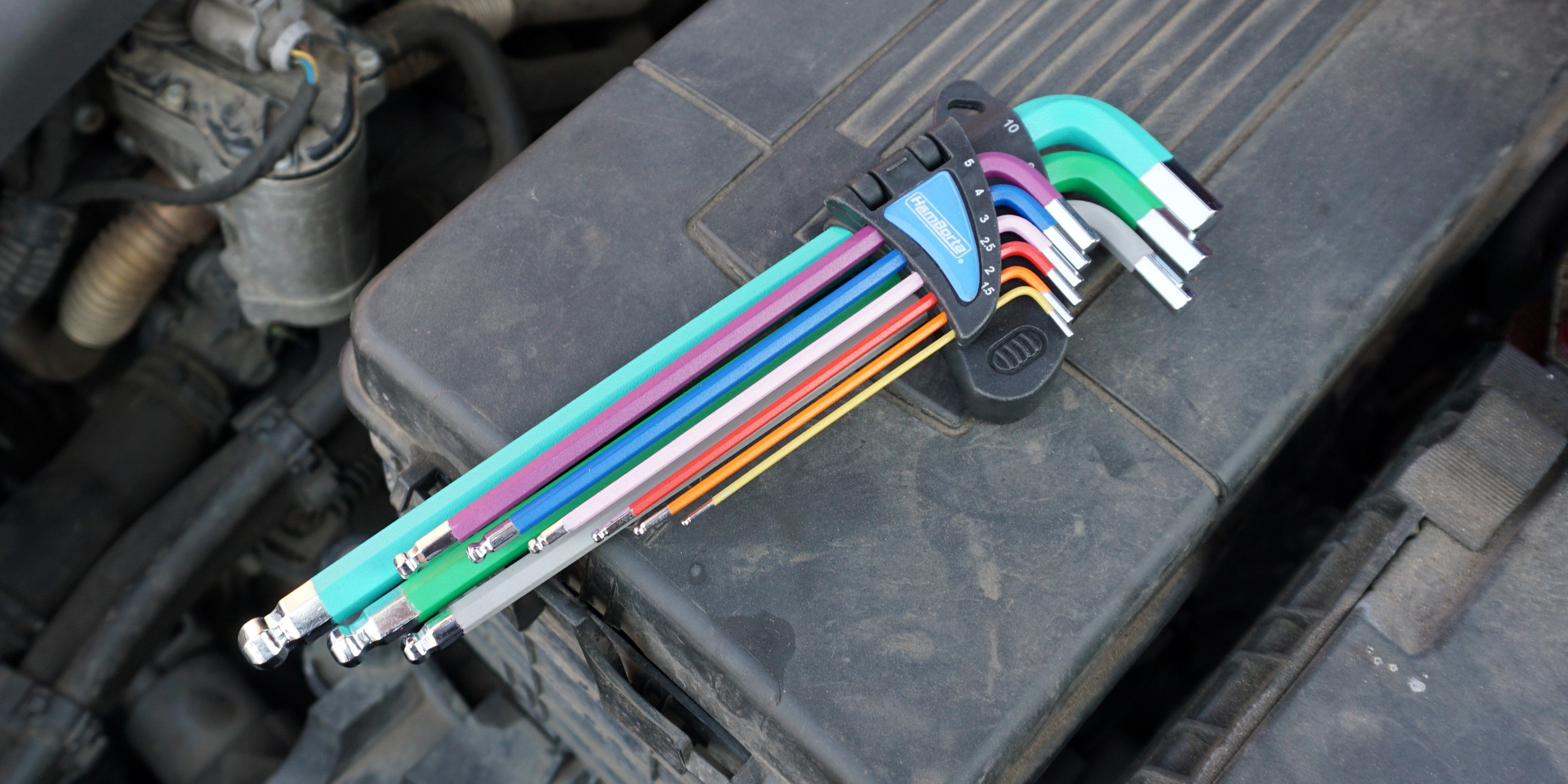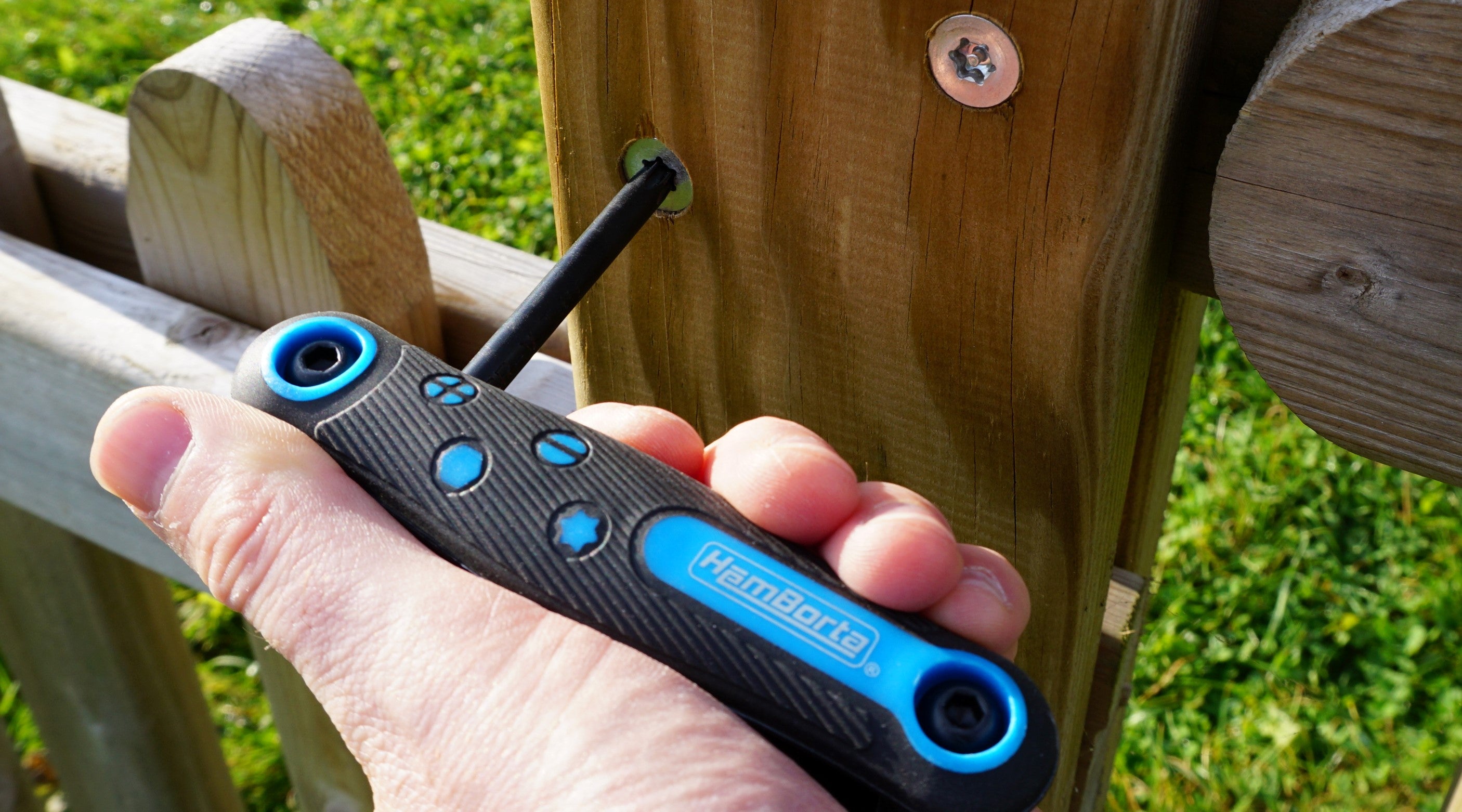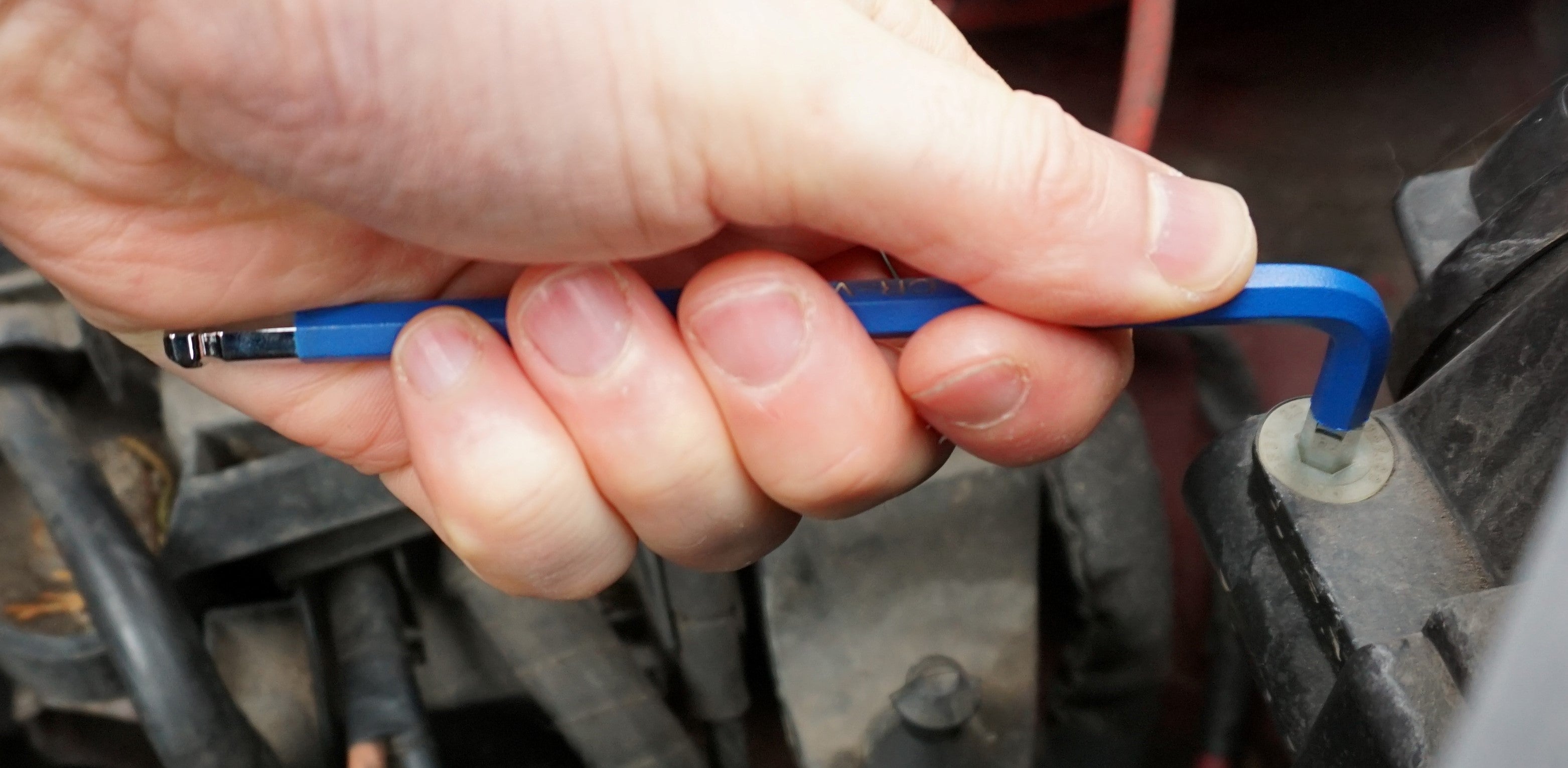Whether you are starting off or are a seasoned glass cutting professional, here are 9 of our top tips to help you achieve cleaner cuts.
This site contains product affiliate links. We may receive a commission if you make a purchase after clicking on one of these links.
1. Use the right size wheel with the correct angle for your glass thickness

Wheel sizes dictate how much pressure is required in order to effectively score glass surfaces. Bigger wheels require you to apply more pressure than smaller cutting wheels. For example, if you are cutting art glass that is a thin/standard thickness - then a glass cutter with a cutting wheel that measures 2.54mm could be best suited for your requirements.
If you find that glass is not scoring correctly or is fracturing even when you apply the correct pressure, then another important factor that will have an impact is the angle of the wheel. The following wheel angles cover these typical glass types:
- 120° angled wheels are best for thinner glass 2-3mm thick
- 140° angled wheels work well with glass up to 8mm thick
- 160° angled wheel may be suitable for thicker glass over 10mm thick
- See a range of glass cutters on Amazon
If you have a glass cutter with a wide range for example: 2-19mm and you are not getting the results you want between glass types. Then you may want to consider changing to a cutter with a narrower range. This is due to the reason that not many tools that multitask deliver the desired results when compared to tools that focus on doing a specific task to an exacting standard.
2. Use glass cutting oil to achieve better cuts

Using glass cutting oils, glass cutter fluids and glass scoring lubricants are the best way for you to achieve the results you are after. Whether you use them in a self-oiling cutter, by dipping the wheel in the bottle or by applying the oil directly with a cloth or brush. The fluid will lubricate the wheels edge and in-turn:
- Wash away glass particles
- Keep score lines open
- Make faint lines more visible
- Provide smoother passes
- Deliver cleaner breaks
- Extend the tools working life
Traditionally, people that operate in glass kilns would use mineral spirits for lubrication. While this is a practical low-tech approach, it poses health and safety issues - ranging from fire hazards, potential inhalation issues and causing skin irritation. In contrast, glass cutting fluids are smoother oils that also offer the benefits of:
- Their viscosity is the correct level for oil filled glass cutters to prevent clogging the cutter or pouring out
- Being easy to clean from the workpiece, including non-evaporative oils
- Having a high flash point to greatly decrease the risk of fire compared to spirits
- They are typically less harmful on skin but common sense should always be common place - wear gloves, after all, you are working with glass
- They are odour free to reduce inhalation concerns* and eliminate a strong aroma of heavy fumes
*Always check the manufacturers product label for directions on how to safely use their product.
3. Keep and cut glass in a warm workspace if possible

A common question asked is “can it be too cold to cut glass?” Answer: when it comes to temperature glass behaviour can vary. When it is cold different glasses can be tricky even downright problematic to cut. But when you cut glass at a cosy level such as room temperature you will experience better results. If your workspace is not in a comfortable temperature zone, then you may wish to warm the glass up prior to cutting or store it elsewhere.
4. Select the smoother side of the glass for scoring

When it comes to art glasses it is often commonplace to find that one side is smoother than the other. By choosing to score the slicker side you may find you achieve cleaner lines and more precise breaks. Why not try this out on a couple of test samples by scoring on the smoother side then on the other side, then compare the differences. Which worked best for you?
5. Use your whole body when cutting and not just your arms

To consistently achieve uniformed score lines, ensure that your body position is not letting your technique down. You should be standing up, clear from the table and holding the glass cutter vertically (or to a small extent angled towards your body). Then by moving away from the workpiece use your entire body and not just your wrist or arm to achieve more even score lines.
Cutting curves on glass?

If you are cutting curves you may find it beneficial to begin your path from inside the glass sheet. Then work from the corner of the table, moving around the workpiece as you cut if possible. For optimum results, whether you are cutting curves or straight lines you should try to keep your pressure and pace consistent.
Need a circular glass cutter see what's available on Amazon.
6. Keep the score even by levelling up the sides

You should try to score in a location that provides an equal amount of glass on either side of the line. Although this is not always possible, this technique will help you to prevent the break from flaring out at the edges, which can leave uneven excess on larger pieces and jagged deficit on the shorter pieces.
When cutting narrow strips start with a piece that is 300% (4x) wider than the required strip size you need - then cut it in half, then half again. This approach will help you to maintain an even volume of glass on either side of the score line, which should result in cleaner breaks.
7. Only score a path once, never try to re-score the same line

From time to time you may unfortunately make a sub-standard score line on a piece of glass. But do not be tempted to re-score the glass using the exact same path. Instead, flip the glass over to the other side and prudently score the glass by following the same line.
Although this may have varied results depending on the original bad score, this technique is useful for when you must use the same piece of glass and you have not got any preferred options.
8. Break out glass straight away and try to avoid tapping with your cutter

When you have made your score do not leave the glass to settle because the path will develop fractures - these fissures will prevent the glass from cutting cleanly when you do come to break it out.
Sometimes when you have scored the glass you may find it difficult to separate apart. Try to avoid tapping the glass with your cutter as this can sometimes leave rough edges. However, if this is your only option to part them then you should tap the glass directly under the line to prevent flaring.
9. Choose a glass cutter with the features that work for you

It is a personal choice based upon your personal preferences. If you are looking to make just a few score lines as part of a small project, then a low-cost glass cutter might be for you. Some inexpensive cutters are suitable for one-time tasks but be aware that their steel cutting wheels usually do not last for a long time.
However, if want to achieve cleaner cuts more frequently or want your latest important project to be the best it can be. Then you should consider investing in a cutting tool that will prove to be a good investment over its lifetime. Think about the glass cutters characteristics and ergonomic properties:
- A finger grip or a knurled handle - knurling is a criss-cross pattern rolled into the metal to provide an improved, sturdy grip that is extremely helpful when oil or glove covered hands are at work
- Is it fitted with a tungsten carbide cutting wheel, these wheels determine the longevity of your tool, with carbide featuring number 9 on the Mohs hardness scale (second to diamond)
- What is the overall length and weight of the tool; too short and you could find it uncomfortable and difficult to grip - too long and it could present you with an awkward balancing act




